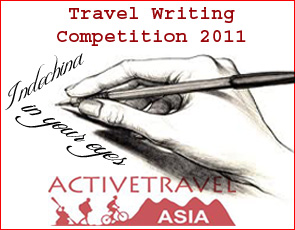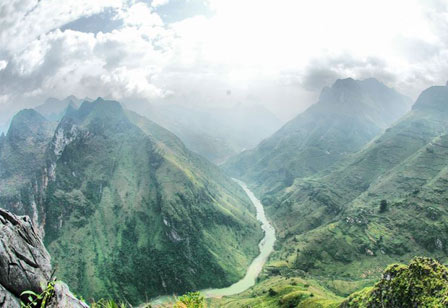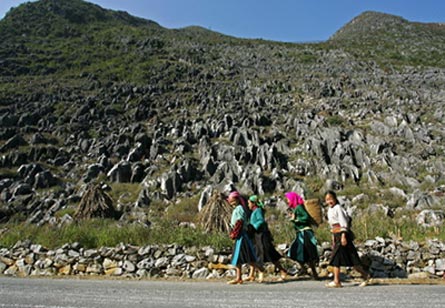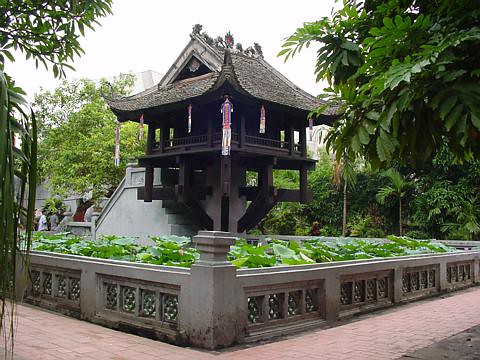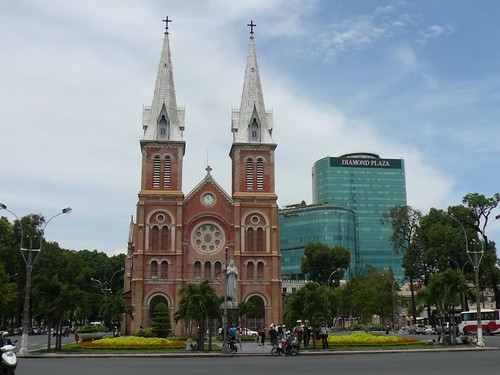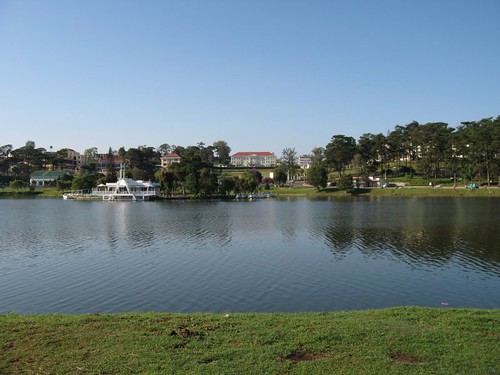People who had traveled to Vietnam agreed that it was an interesting experience in general, but the bicycle tours definitely brought more adventurous excitements.
Vietnam borders Cambodia, Laos and China. Its coastline is 3,200 kilometers. The climate is tropical monsoon climate with dry and wet seasons, and it can be extremely hot and humid depending on the elevations.
Because the technology makes traveling easier than it was hundreds years ago, today people fly from places to places to experience the different cultures in various countries. Vietnam, however, is one place that people think it is the place left in the world that is so close to the “reality.” Many destinations have not yet been explored by travelers.
Vietnam is a bicycle-friendly country. Many people use bikes to commute in Vietnam. If you choose this method to sightsee in Vietnam, time can be the issue. Plan a trip with time flexibility to ensure a good quality trip.

Vietnam biking tours
Cycling in Vietnam, time and energy are what you need. Knowing basic techniques to take care your bike would be a plus, and you can usually find some locals to help you with the bicycle problems.
There are two directions you can go. From north to south, you can visit Hanoi, Hue, Danang and Saigon (Ho Chi Minh City) in that order. Or choose the other way travel from south to north. You can fly to Saigon and bike to Danang, Hue and Hanoi.
According to some experienced bicycling travelers, it will take about three weeks to finish the route, but it really depends on how much time you want to spend in these places as a tourist, meaning sightseeing and just hanging out to relax.
Beginning from national capital Hanoi, a city called the “Paris of the Orient” because of the beautiful lakes and shaded streets.

One Pillar Pagoda, Hanoi
The beauty of the bike tour is that you can meet the locals and observe what they are doing every day. Friendly smiles, sunshine beaches and yummy food, they are all the amazing things to attract biker’s attention on the way to their next destination.
While hanging out near Hanoi, Frenchtown, Ho Chi Minh Museum, Presidential Palace, Hoan Kiem Lake, and Ngoc Son Temple are hot spots to visit. Hanoi is a historical town where visitors can find evidence of the history.
Hue, known as one of the most beautiful cities in Vietnam, is the royal family’s former residence. Hue is also the heart of culture, religion and education. After days of biking, visiting the Thien Mu Pagoda is a peaceful journey.

Thien Mu pagoda, Hue
Start from Hue and bike 108 kilometers south, you arrive at Danang. It might sound like a long way, but you will enjoy the view of Lang Co Beach and Hai Van Pass
The China Beach (Non Nuoc) is about 15 kilometers from Danang and about one kilometer away from the Marble Mountains. The beach is a popular surfing and swimming resort from March to August. Sponsored by the Vietnamese government and other various organizations, there is a surfing contest held in the area every year. Danang is also the third biggest city in Vietnam.
Finally, you reach Saigon. The city had been through so many times of name changes. Today, it is known as the Ho Chi Minh City worldwide although not many Vietnamese use it. Saigon is probably the most famous city in Vietnam due to its frequent media exposure.
Recommended tours:
West to East Biking Exploration
Mekong Explorer
Source: bootsnall







-b2150.jpg)


